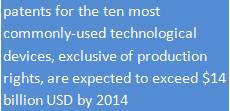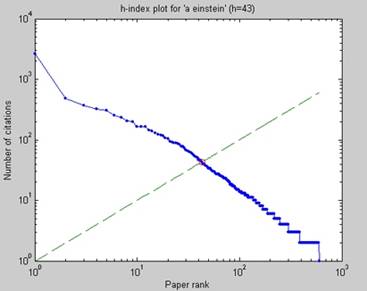Concerning the Near Future of Human Sciences
David Hegstad
This article was submitted for publication within Terasem Movement’s Journal of Geoethical Nanotechnology by David Hegstad of Olney, MD.
David identifies an increasingly prevalent need for a mutual participation of nonscientists and the private and public/non-profit sectors for the betterment of science toward improving public interest and support for research.
IN 2007, I VISITED A LABORATORY AT one of the world’s leading biological research universities, where scientists had recently discovered that ganglions (an eye cell, commonly occurring at a 1:10,000 ratio of photoreceptors in most mammals, including humans) are physiologically linked to the hypothalamus. Before this discovery, experiments related to Circadian Rhythm [1] were conducted by introducing stimulus to loosely controlled environments. In recent years, biologists at this particular university had genetically removed ganglions from test subject genomes, thereby producing mature organisms that operated on biological clocks regardless of light stimulus. In the context of physiological psychology, the results of this study were profound; and the participating members regarded their work with appropriate tenacity, objectivity, professionalism, and patience, until the weeks following my visit, in which a neighboring university submitted a similar study for peer review, not knowing that ganglions were also central to my host’s research.
I thereafter had a rare opportunity to witness my host university’s response, and mayhem only begins to describe it. This literally became a blind race to publication, wherein the contesting teams did not meet the criteria required for participation. In an attempt to add validity to the project, sophomore PhD students were listed as senior researchers; median lines were shamelessly drawn through bar graphs that contained clusters of activity outside standard deviations; and the cited team of researchers had not previously found an opportunity to gather in one room, much less become acquainted with one another on a joint project.
Provided the corporate sector’s market potential for applied research, particularly in the context of medicine (where patents for the ten most commonly-used technological devices, exclusive of production rights, are expected to exceed $14 billion USD by 2014), I  understood confidentiality is a recognized necessity. But this was academic research with little or no recognizable market potential. From an objective standpoint, the exact relationship of ganglions to the hypothalamus should be considered a celebration of scientific development, as opposed to a competition amongst universities resulting in highly unscientific practices.
understood confidentiality is a recognized necessity. But this was academic research with little or no recognizable market potential. From an objective standpoint, the exact relationship of ganglions to the hypothalamus should be considered a celebration of scientific development, as opposed to a competition amongst universities resulting in highly unscientific practices.
In following months, I learned that this is a common occurrence among universities, precipitated by a term familiar to research-based scientific institutions: the H Index. In a community composed of individuals who commonly exceed the 95th percentile in standardized tests, there is little foundation to independently judge the influence of an individual and his or her affiliated university based on academic merit, even though competition for grants necessitate such judgment (the differentials in grant approvals, when considered relative to university rankings, provides an exponential disparity based on the aforementioned <5% deviation).

Image 1 – Factoring the “H” Index
http://www.fast.u-psud.fr/~moisy/ml/misc/hindex.jpg
The H Index measures the productivity and value of a scientist based on his or her number of publications and subsequent citations, therein 1) determining university rankings based on professors’ average index; 2) assessing probability of receiving grants (restricted and unrestricted); 3) providing directly proportional access to scientific contributors based on similar indexes; and 4) leveraging academic journals for publication.
[1] Circadian Rhythm – n. A daily rhythmic activity cycle, based on 24-hour intervals, that is exhibited by many organisms.
The American Heritage Stedman’s Medical Dictionary. Boston, New York: Houghton Mifflin Company, 2004: 282, 158.
1 2 3 4 next page>